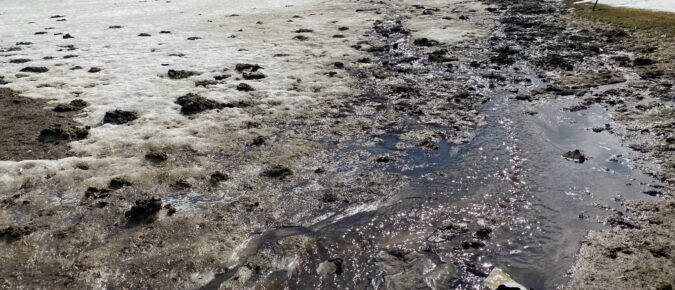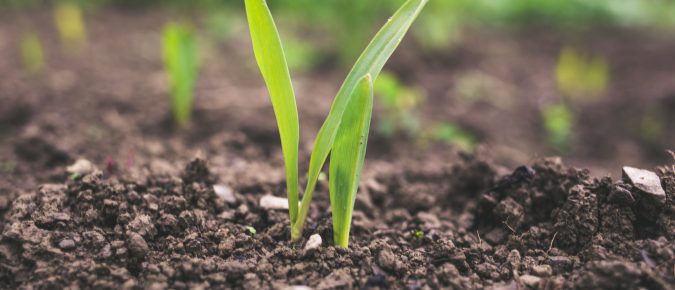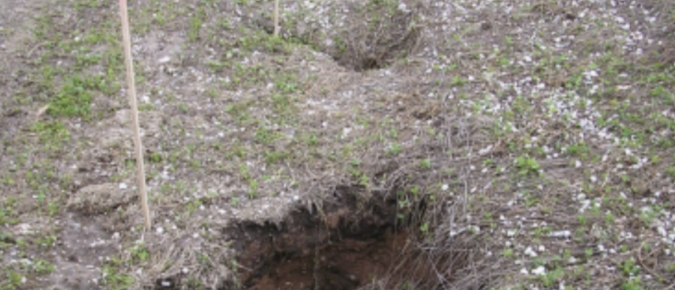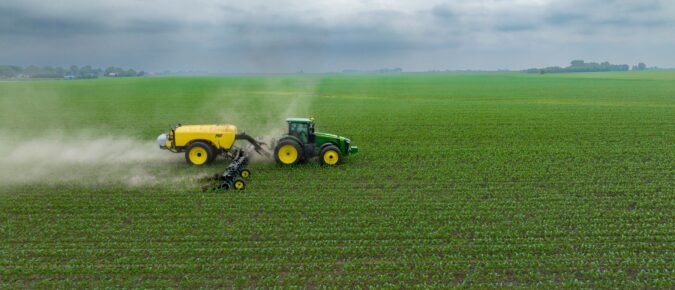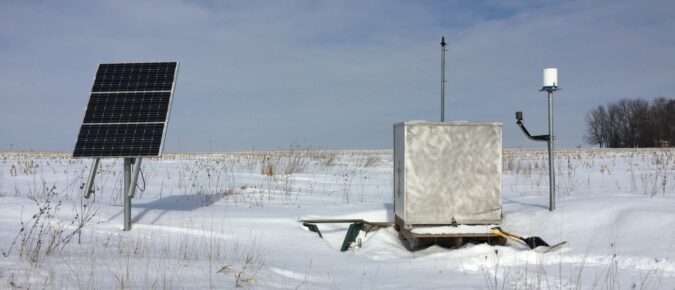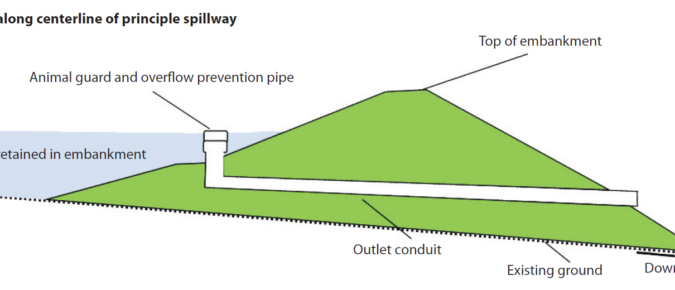This article highlights how cover crops impact phosphorus loss dynamics, including 1) soil and water movement and 2) placement and forms of phosphorus within the soil. Ultimately, situations where cover crops will have the largest impact on total phosphorus loss will be discussed to help farmers and conservation professionals maximize impact.
This article includes 1) impacts of climate change in spring in Wisconsin, 2) the consequences of climate change with a focus on phosphorus, and 3) practices to increase farm resilience in the face of rapidly changing weather in spring.
How do grazing methods affect runoff water quality? Eric Young, USDA-ARS Research Soil Scientist, and Kelsey Hyland discuss lessons learned from edge-of-field grazing research and strategies to maximize water quality benefits in these systems.
Chelsea Zegler and Dr. Jamie Patton continue their conversation from last year on how soil test phosphorus (STP) impacts water quality. Learn how different cover crops and soil health practices change water dynamics, the location and the availability of phosphorus in different soil types.
Dr. Maureen Muldoon and Laura Paletta share how Wisconsin’s unique karst landscapes and Silurian bedrock impact the ground beneath our feet and groundwater resources. They provide information on best management practices to utilize in these areas to lessen soil and nutrient loss impacts.
How do we optimize the use of commercial nitrogen and reduce nitrate leaching? Guolong Liang, agriculture water quality outreach specialist, and Monica Schauer, research director for NOPP, discuss the importance of nitrogen optimization and the strategies to reduce nitrate leaching. Learn about how agronomic results and water quality impacts connect with lessons from an on-farm trial from the Nitrogen Optimization Pilot Program (NOPP) from 2023.
In 2014, the University of Wisconsin-Madison Division of Extension Discovery Farms began a multi-year monitoring study on two farms (four basins) within Rock County to determine how different cropping systems and management practices impact surface water quality.
A common misconception about livestock manure is that it is simply a waste product of the farm. However, manure is rich in many nutrients and is a valuable resource when applied back onto fields that can benefit from manure application. Research has demonstrated positive impacts to soil quality/health, crop production, and overall farm management when manure is managed effectively.
A grade stabilization structure is a conservation tool that can effectively reduce the amount of sediment, phosphorus, and nitrogen entering nearby streams. Farmers interested in using soil and water conservation practices to reduce soil and nutrient loss from their fields—particularly fields on steep slopes—should consider installing one.
Karst topography and Silurian bedrock are areas that are more susceptible to water contamination due to shallow soils and increased number direct conduits to groundwater, such as sinkholes. When farming in these areas, and especially spreading manure, it is important to follow all rules and regulations.
Both karst and Silurian are terms related to geological features and formations that have had a significant impact on Wisconsin’s surface and subsurface geology and hydrology. Both Karst and Silurian bedrock are connected to sedimentary processes.
Because nitrate is negatively charged, it does not bind with negatively charged soil and readily moves with water. Typically nitrate losses are more prevalent in subsurface water like tile drainage, while high phosphorus and sediment losses are associated with surface waters. Although we do have highly accurate ways to measure tile drainage water quality, such as 24/7 automated flow samplers, this approach is typically not economically or logistically feasible for individuals looking to monitor tile drainage on their own farm.


